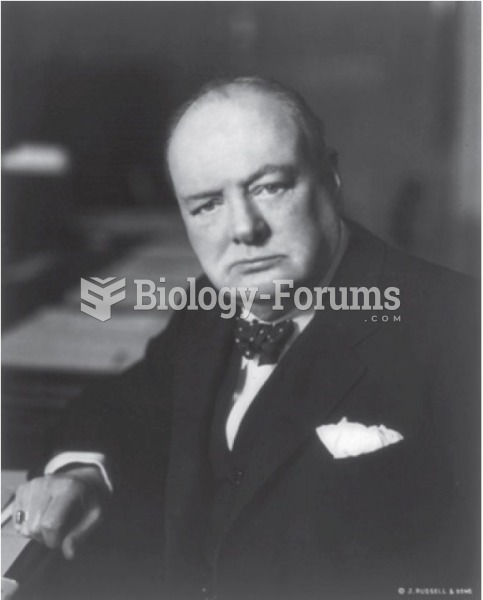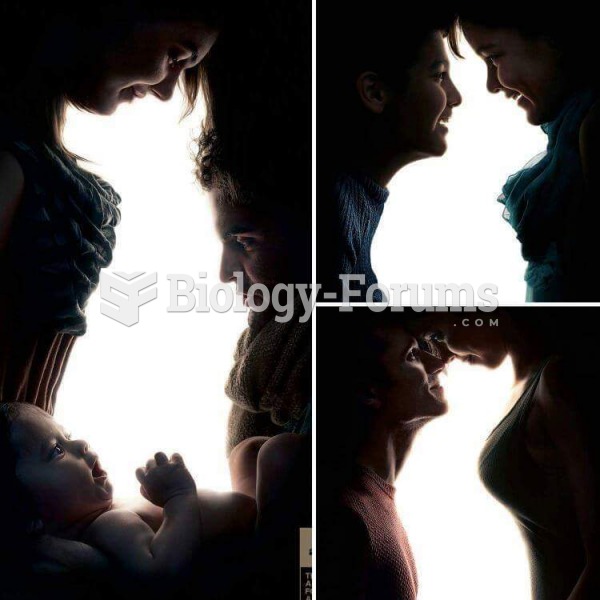Answer to Question 1
True
Answer to Question 2
Young adulthood, which follows adolescence and lasts to about age 39, is socially significant because during this time people are expected to get married, have children, and get a job. Prior to the 20th century, life expectancy in the United States was only about 47 years, so the concept of middle adulthoodpeople between the ages of 40 and 65did not exist until fairly recently. Normal changes in appearance occur during these years. People experience senescence (primary aging) in the form of molecular and cellular changes in the body. Wrinkles and gray hair are visible signs of senescence. Less visible signs include arthritis and a gradual dulling of the senses of taste, smell, touch, and vision. People also experience a change of life in this stage. Women undergo menopausethe cessation of the menstrual cycle caused by a gradual decline in the body's production of the female hormones estrogen and progesterone. It occurs typically between the mid-forties and the early fifties and signals the end of a woman's childbearing capabilities. Men undergo a climacteric, in which the production of the male hormone testosterone decreases. Some men experience a midlife crisis during this time in which they assess what they have accomplished. People in middle adulthood also experience secondary aging, which occurs as a result of environmental factors and lifestyle choices.
On the positive side, middle adulthood for some people represents the time during which (1) they have the highest levels of income and prestige, (2) they leave the problems of child rearing behind them and are content with their spouse of many years, and (3) they may have grandchildren who give them another tie to the future.
Late adulthood is generally considered to begin at age 65the normal retirement age. Retirement is the institutionalized separation of an individual from an occupational position, with continuation of income through a retirement pension based on prior years of service. Some gerontologists subdivide late adulthood into three categories:
(1) the young-old (ages 65 to 74), (2) the old-old (ages 75 to 85), and (3) the oldest-old (over
age 85).
The rate of biological and psychological changes in older persons may be as important as their chronological age in determining how they are perceived by themselves and others. Older persons also have increased chances of heart attacks, strokes, and some diseases such as Alzheimer's. With the physical changes come changes in the roles that older adults are expected to perform. The physical and psychological changes that come with increasing age can cause stress. According to Erik Erikson, older people must resolve a tension of integrity versus despair.







